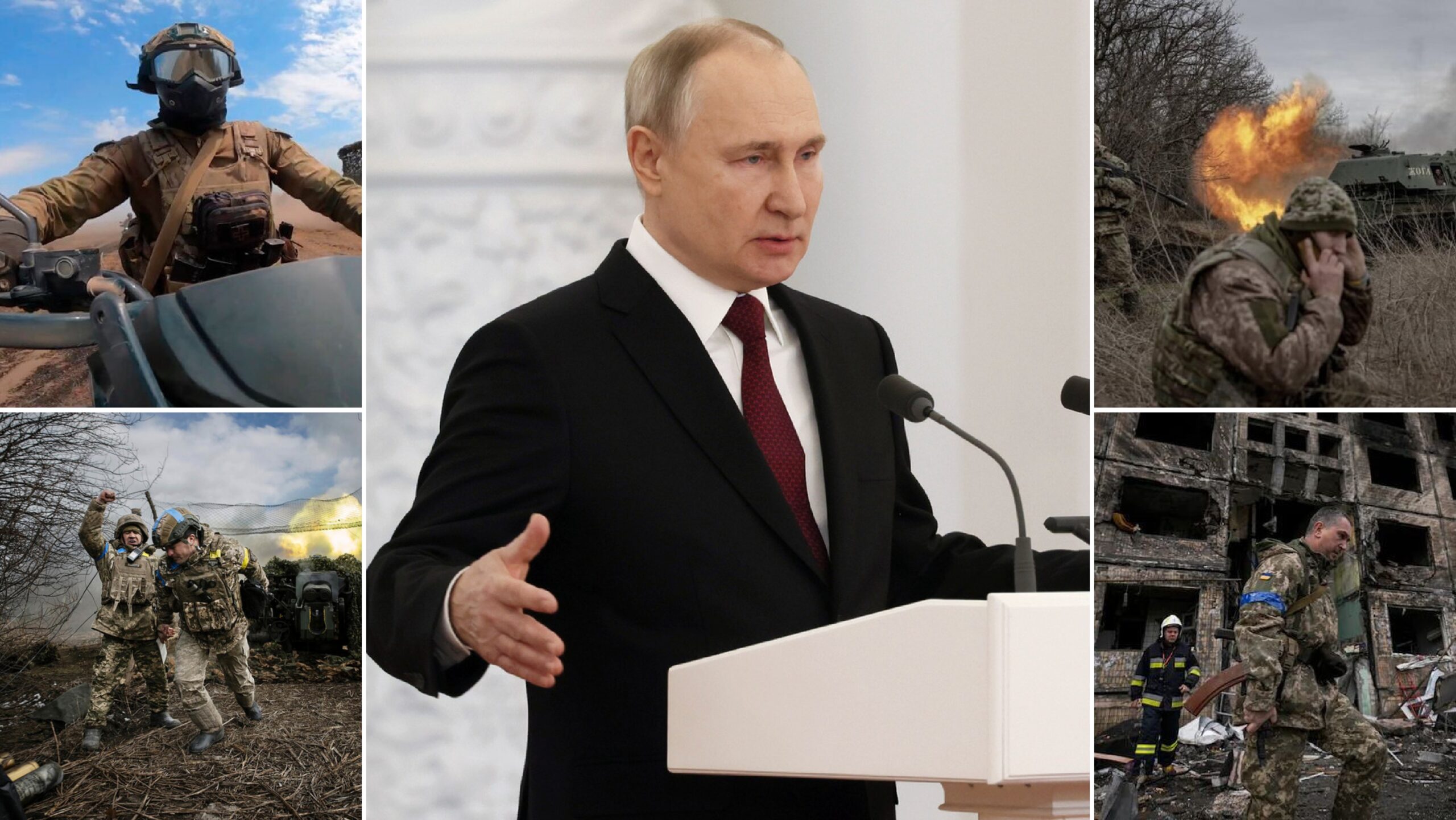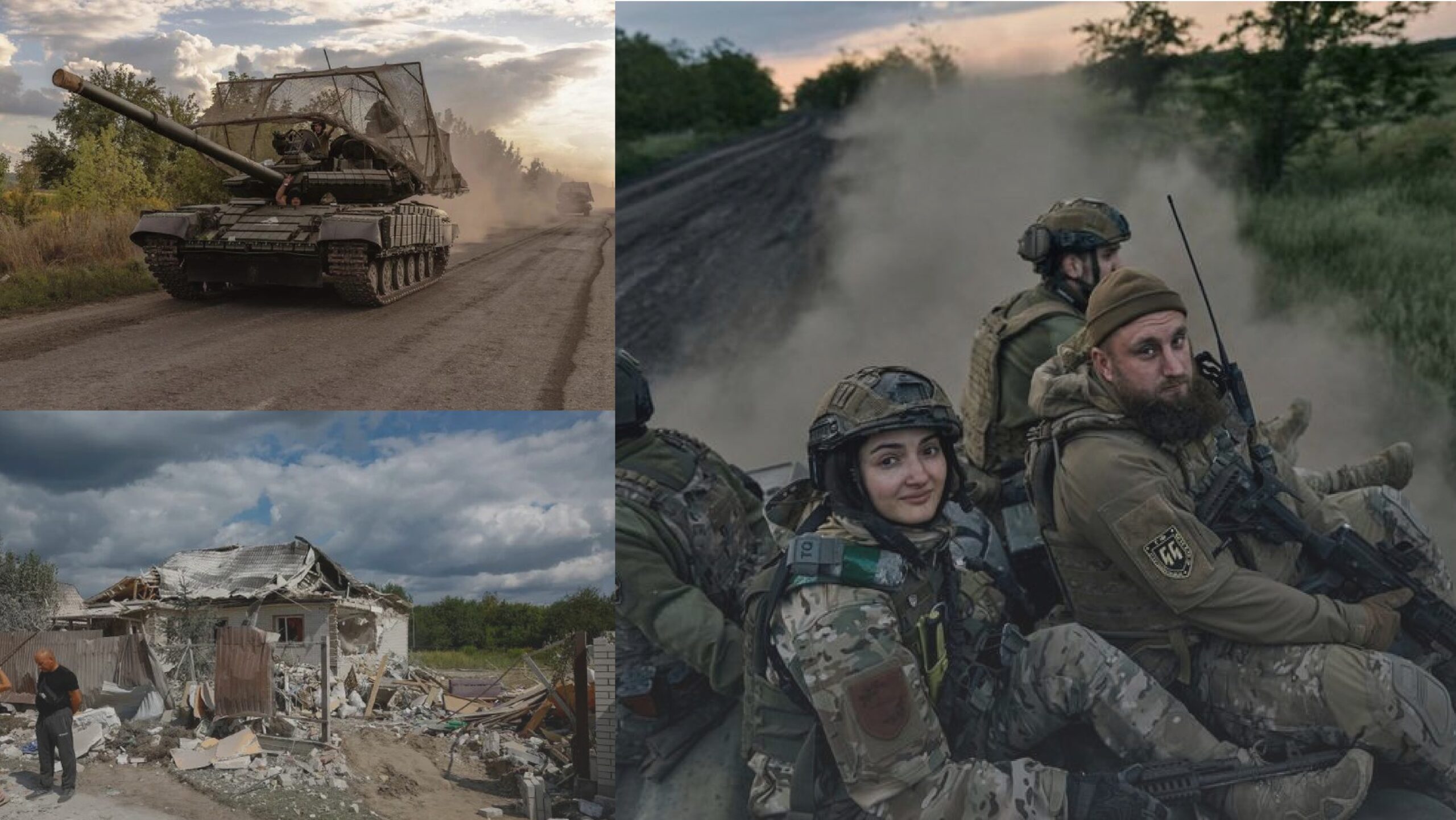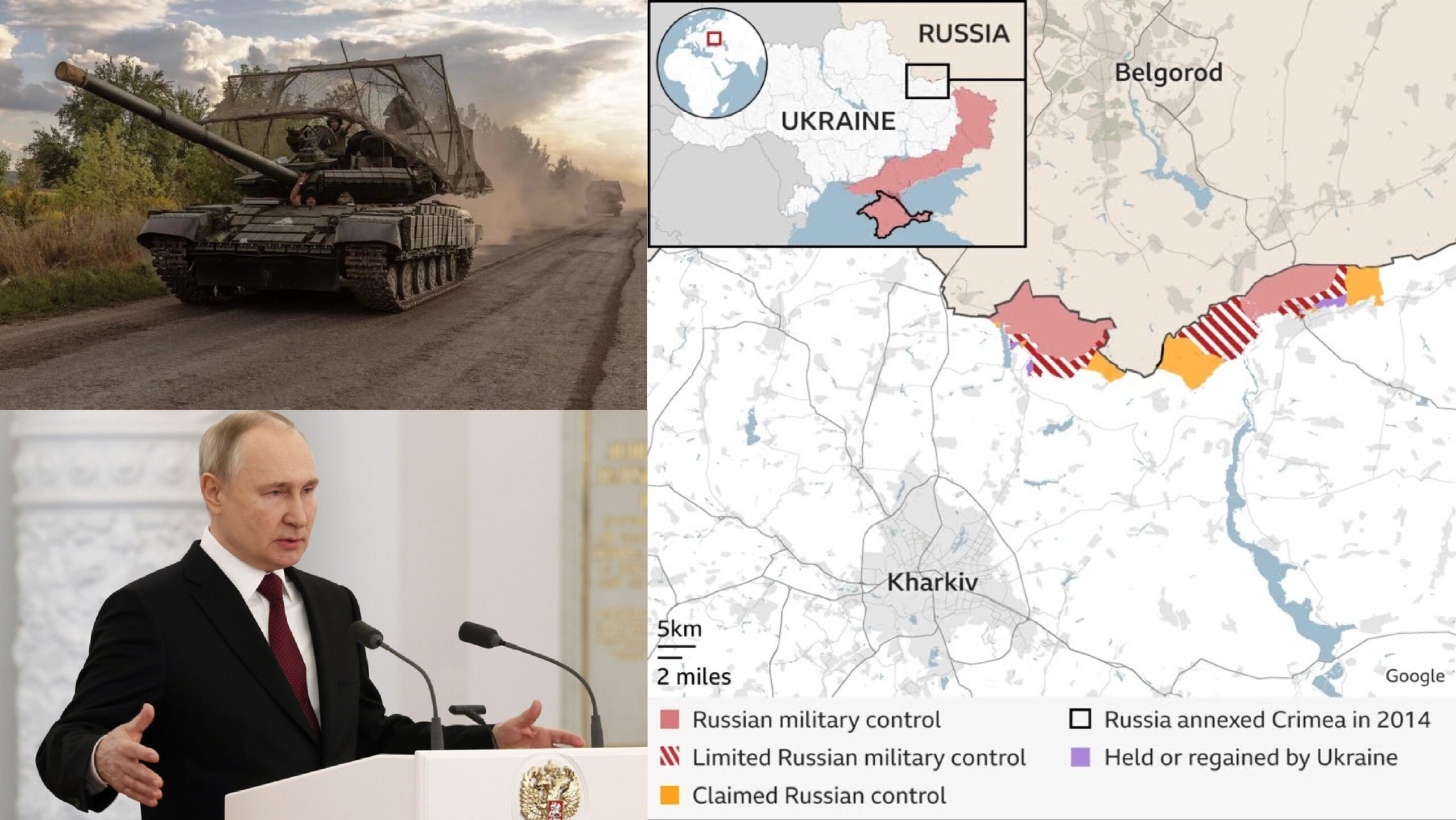Ukraine news Today Now Live reveals that Ukrainian forces have offered to stop their cross-border incursions into Russia if Moscow agrees to a “just peace”. The proposal follows a significant military operation by Ukraine, which began on August 6, 2024. Ukrainian troops launched a surprise offensive in Russia’s Kursk region, capturing more than two dozen settlements. It is the largest foreign military action on Russian soil since World War II.

As part of this operation, Ukrainian forces gained control of an estimated 800 to 1,000 square kilometers (about 310 to 386 square miles) of Russian territory. This substantial territorial gain has led to the displacement of more than 120,000 residents from the affected areas. Despite these significant achievements, Ukraine has reiterated that it does not intend to permanently annex the captured lands. Foreign Ministry spokesman Georgy Tykhy stressed that Ukraine’s actions were “absolutely legal” and said the incursions would stop once Russia agreed to a just peace deal. In addition to military actions, Ukraine has imposed restrictions on movement in the Sumy region, citing increasing hostilities and sabotage activities along the border.
The sanctions are aimed at managing the increasing intensity of the conflict and ensuring the protection of civilians amid ongoing operations. In response, the Russian Defense Ministry claimed to have foiled additional Ukrainian attacks in Kursk. He described efforts by Ukrainian mobile groups to penetrate deeper into Russian territory, highlighting the continuing and escalating nature of the conflict.
Russian Ukraine Latest News Today
According to a US official, the Kursk incursion appears to be strategically designed to force Russia to withdraw its troops from Ukraine to defend its territory. The US official suggested that the operation was intended to pressure Russia to reallocate its military resources and focus on defending its borders rather than continuing its offensive operations in Ukraine. ‘What’s going on in Ukraine with this strategy’ underlines a significant change in the dynamics of the conflict.
By creating challenges on Russian soil, Ukraine aims to put pressure on Russia’s security and potentially force Moscow to engage in negotiations.

The broader implications of this attack reflect a strategic maneuver by Ukraine to change the course of the conflict. The offensive at Kursk represents a deliberate attempt to exploit Russia’s weaknesses and redirect its military focus. This bold move not only disrupts Russian operations but also highlights Ukraine’s determination to take advantage of its position in the ongoing war.
Ukrainian troops continue their offensive into Russian territory
Ukrainian military officials have reported that they now control about 1,000 square kilometers (386 square miles) of Russian territory. This widespread control reflects the depth of Ukrainian infiltration and its impact on the conflict. Concurrently, Russian officials have reported that more than 100,000 people have been evacuated from the Kursk and Belgorod regions due to ongoing hostilities. The mass evacuation underlines the human toll of the conflict and the significant disruption caused by military actions.
This ongoing offensive by the Ukrainian military highlights the seriousness and strategic importance of their operations. The control of significant territory and the impact on civilian populations reflect the wider consequences of the conflict for both Russia and Ukraine. As the situation evolves, the international community remains attentive to developments and their potential implications for regional and global stability.
Russian offensive north of Kharkiv
In early May 2024, Russian forces began an incursion north of Kharkiv, Ukraine’s second-largest city. The attack resulted in the capture of several villages and forced thousands of civilians to flee their homes.
Although Russia’s primary focus has been on the eastern Donetsk region, the attack was one of the most significant ground operations since the war began, putting further pressure on Ukraine’s already stretched front-line defences.

This Russian push occurred during a four-month period when the US halted arms supplies to Ukraine due to a legislative impasse in Congress. The standoff was finally resolved in late April, when the US approved a $61 billion aid package for Ukraine, including missiles, artillery and air-defense systems.
Despite the intensity of the Russian attack, Ukrainian forces managed to hold their ground. Kharkiv, although under repeated attack by glide bombs launched by Russian warplanes, remains out of range of Russian artillery. The city’s resilience reflects the broader conflict faced by Ukraine as it continues to defend its territory against the ongoing Russian invasion.
